Erica – Stranger Things
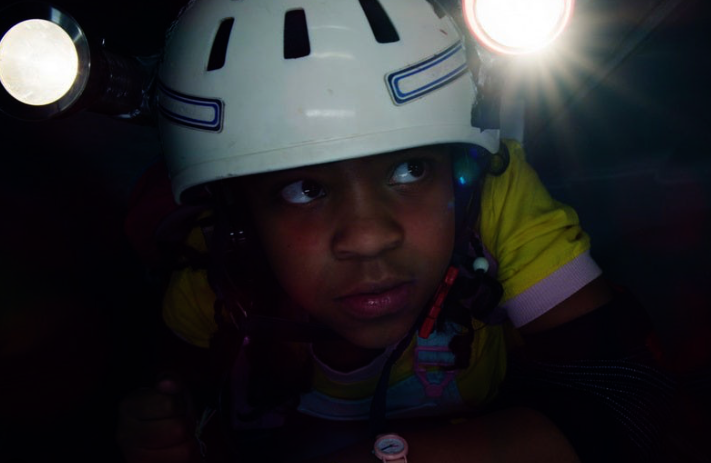
A nostalgic love letter to 80s sci-fi, Stranger Things has become one of Netflix’s most successful series. Shows that revolve around children often wind up being a little bit grating, but – thanks to some phenomenal casting – Stranger Things manages to avoid this fate and audiences remained heavily invested in all of the show’s central characters. The one exception to this is Erica, who was introduced in season two. Fans complained that writers leaned too heavily on the trope of ‘sassy child who acts like an adult’ and involved her too much in the shows main events, leading to plenty of eye-rolls whenever she appears on screen.
Skylar White – Breaking Bad

The deep-seated hatred many fans of Breaking Bad seem to harbour towards Skylar White has always felt a little bit unfair. On paper, the character’s reaction to finding out her husband is a ruthless meth kingpin is fairly understandable, and Skylar’s main priority is protecting the wellbeing of her children. However, whilst her intentions might be pure, the way Skylar continually interferes with the show’s plot does begin to wear pretty thin. This is compounded by her holier-than-thou attitude, and – whilst Skylar doesn’t deserve the hatred she receives – it can be tempting to fast forward her scenes.
Mandy Hampton – The West Wing
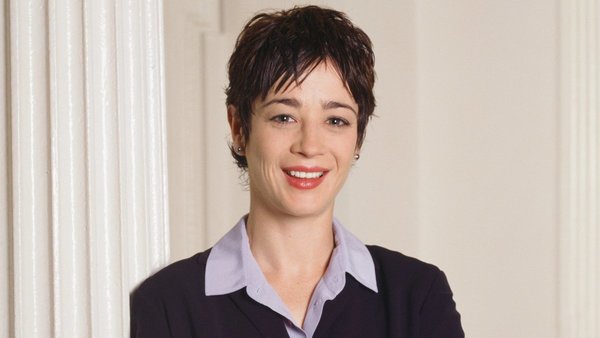
Aaron Sorkin’s political drama The West Wing was an instant hit with audiences when it aired in 1999. The show is consistently ranked amongst the best of all time, with particular praise for the pacing, storylines, and acting. However, one aspect of the first season that was almost unanimously loathed was the character of Mandy Hampton, who – despite talking way too fast – somehow managed to be relentlessly boring. Sorkin listened to the show’s fans and unceremoniously removed her at the end of the first season, not even bothering to explain her departure in the plot.
Zach – The Strain
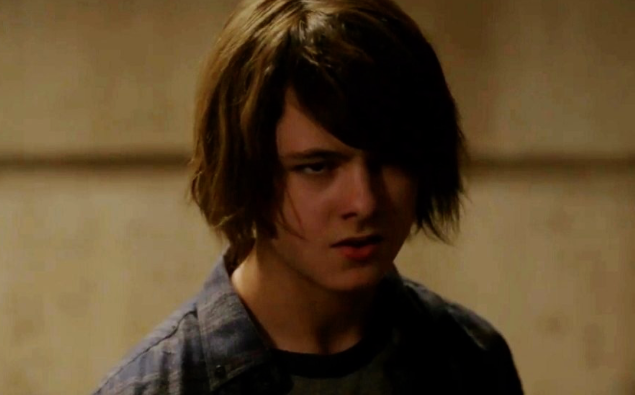
Created by Guillermo del Toro and Chuck Hogan, The Strain follows Dr Ephraim Goodweather, the head of a CDC team tasked with investigating an outbreak of vampirism. During the first season, Zach – Goodweather’s adolescent son – played a relatively minor part, and audiences were generally fond of the character. However, the writers decided that Zach should feature more prominently in the show, and recast him in the second season. This proved to be a huge mistake, and the new Zach was despised by fans for being whiny, obnoxious, and generally a complete brat.
Dana Brody – Homeland
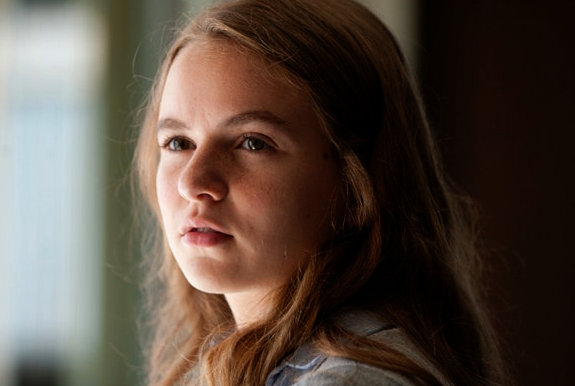
There are literally entire webpages devoted to tearing into Homeland’s Dana Brody, with the general consensus that she is ‘the worst character in TV history’. The main issue fans took with Dana – who is the daughter of Nick Brody, the show’s protagonist – is that her storylines kept making a show about counterterrorism veer off into teen drama. Whilst the impact of Nick’s job on his home-life is obviously an interesting angle worth exploring, Dana’s arcs ultimately took too much attention away from the main plot and just didn’t work tonally.
Madison – Orange Is The New Black
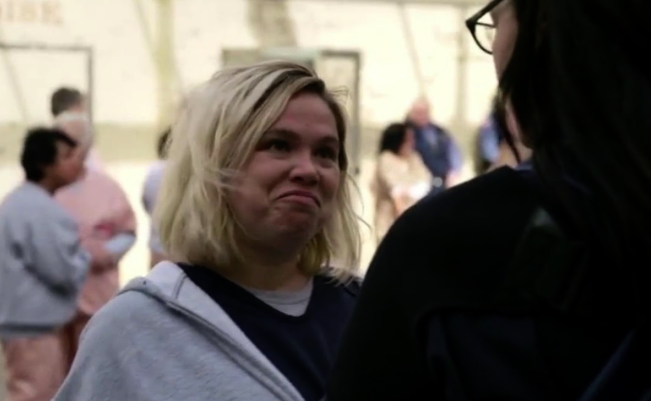
To say that Orange Is The New Black was critically acclaimed would be the understatement of the year, with the first season alone receiving 12 Emmy nominations. One of the aspects of the show which garnered the most praise was its character development, which consistently challenged viewers’ first impressions and judgements and made the inmates of Litchfield Prison feel like real, multifaceted people. Except for Madison. Introduced in season six, Madison’s character never amounted to more than an archetypal bully, and even the writers’ attempts to give her a sympathetic backstory did nothing to cool fans’ burning hatred.
Randy – That ’70s Show
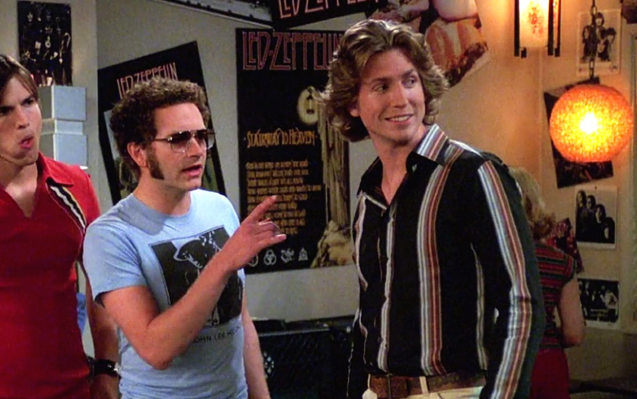
The departure of a lead character is often a death knell for TV shows, and attempts to fill the void rarely come off successfully. When Eric Foreman – the main protagonist of That ’70s Show – left the series at the end of the seventh season, actor Josh Meyers was given the unenviable task of filling his boots. Meyer’s character, Randy Pearson, had the odds stacked against him from the beginning, and the writers really didn’t help him out, making him obnoxious, arrogant, and giving him consistently unfunny lines. As a result, That ’70s Show lost 1.2 million viewers across season 8.
Emily Waltham – Friends
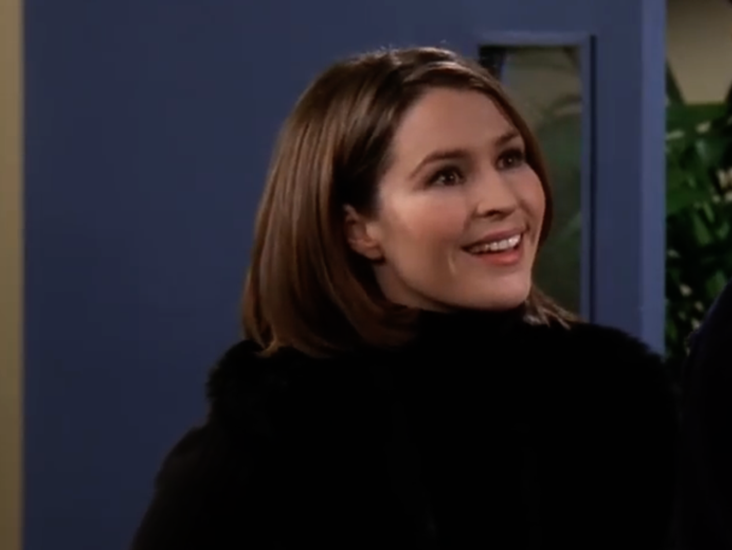
Ross and Rachel’s will-they-won’t-they romance was one of Friends’ driving dynamics, and – after three seasons of mining it for narrative – the writers clearly felt they needed to mix things up. Enter Emily Waltham. The English niece of Rachel’s boss, Emily began dating Ross halfway through season 4, and fans never warmed to the character, finding her smug and annoying. After a disastrous wedding attempt and Emily’s demand that Ross never see Rachel again, viewers began to loathe her in earnest. Fortunately, Ross – and the writers – made the right choice, and Emily disappeared from the show.
Wesley Crusher – Star Trek: The Next Generation
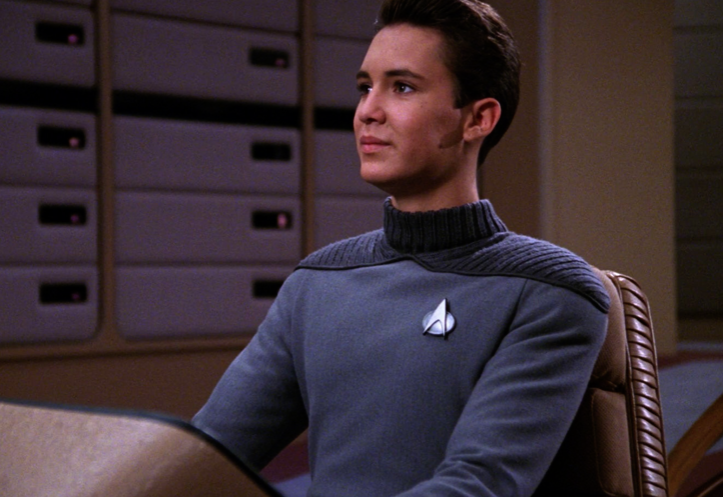
The Next Generation beamed onto TVs in September 1987, and by its fifth season was regularly attracting over 12 million viewers per episode. However, whilst Trekkies were overjoyed at the return of the Starship Enterprise, they were less sold on the addition of new crew member Wesley Crusher. Despite having precisely zero credentials, the character routinely overstepped his authority and was incredibly arrogant to boot. There is much debate amongst Trekkies about which moment is more satisfying – Crusher being curtly told to “shut up” by Captain Picard, or when he was impaled through the chest by an alien bayonet.
Lila West – Dexter
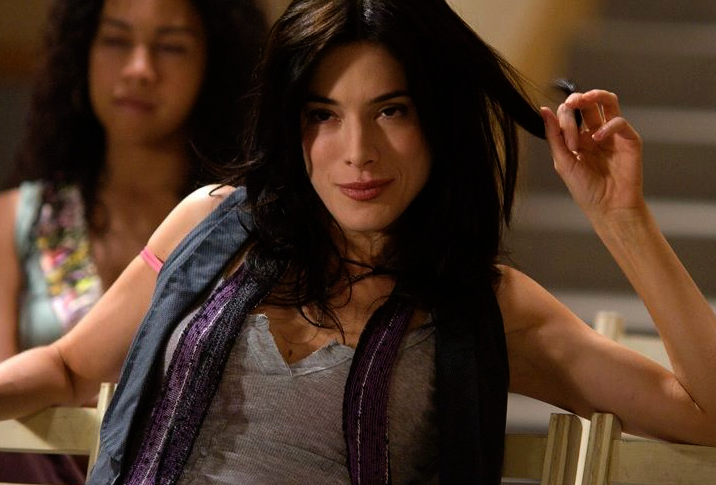
SPOILER ALERT: The delight that many fans took in Lila West’s brutal demise should serve as a clue to how exactly how loathed the Dexter character really was. Lila was written into the show’s second season as a love interest for everyone’s favourite serial killer, and she quickly turned out to be quite the budding sociopath herself. The premise could have been interesting, but the writers tried too hard to juxtapose Lila with Dexter’s other love interest – the sweet natured Rita – and she ended up becoming too much of a pantomime villain even for a show where the protagonist ritually murders people.
Walden – Two And A Half Men
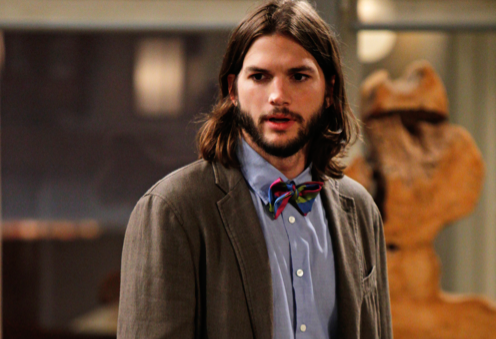
The magic of a show often lies in the chemistry between the central characters, and trying to replicate this after a star departs can be an insurmountable task. In hindsight, Two And A Half Men should have ended after Charlie Sheen’s departure, but, in an effort to keep the party going, show-runners brought in Ashton Kutcher to replace him. Whilst there was never anything particularly wrong with Kutcher’s character Walden, there wasn’t much right either. He never gelled with the other characters in the same way Sheen did, and the show was cancelled after limping on for two lacklustre seasons.
Cousin Oliver – The Brady Bunch
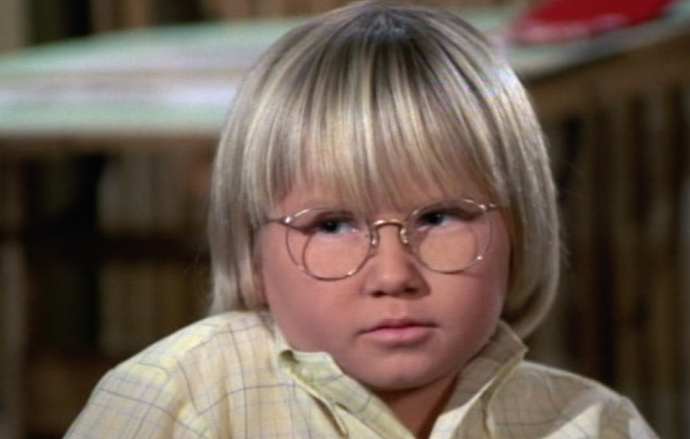
A staple of the wholesome American sitcom genre, it’s safe to say The Brady Bunch got consistently worse across its five seasons. After the show was cancelled, fans pointed to the arrival of Cousin Oliver as the moment that signalled the end was nigh. The character was introduced to rejuvenate the show’s ailing ratings, but the move backfired spectacularly. Audiences found Cousin Oliver absolutely intolerable, leading to a drop in viewership that caused ABC to lose faith in the show, and resulting in the ‘Cousin Oliver Syndrome’ trope of a sitcom ill-advisedly adding a young character.
Nellie Bertram – The Office
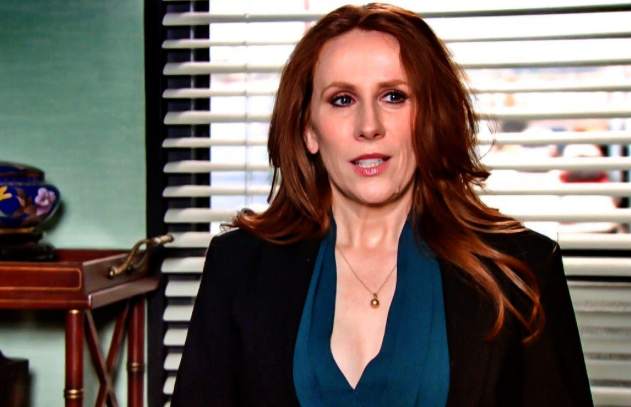
The US has a proud tradition of taking quintessentially British comedies and butchering them. The one notable exception is the US version of The Office, which replaced the caustic David Brent with Michael Scott, a much more likeable character played by Steve Carrell. Across seven critically acclaimed series, The Office delivered some of the most iconic comedy moments in TV history. However, after Carrell left the show, writers attempted to fill the gaping void with a new character, Nellie Bertram. Fans found Nellie more creepy than funny, and viewership of the show declined 17% overnight after Carrell’s departure.
Kim Bauer – 24
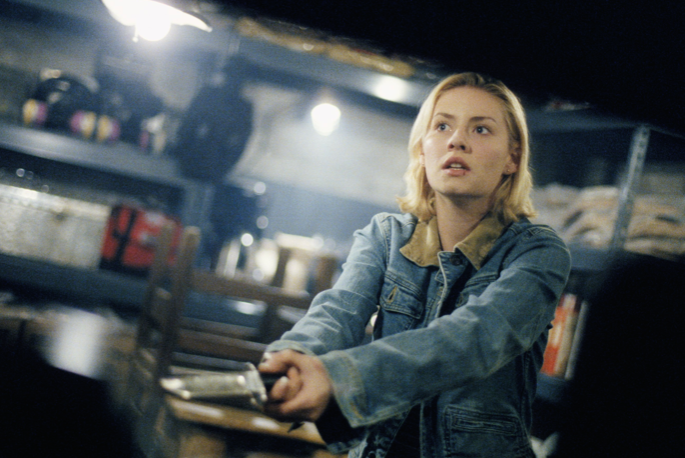
Fans loved 24 for its ethically ambiguous protagonist Jack Bauer and the show’s unique approach to storytelling – each season is 24 hours and the events take place in realtime. However, one aspect of the show that viewers were decidedly less enthusiastic about was Jack’s daughter, Kim. The character was completely useless, and Jack had to continually put fighting terrorism on hold to rescue her from idiotic predicaments, including one memorable incident when she got herself caught in a cougar trap whilst hiking. No one cared about the character, and her repeated distractions from the real action were incredibly frustrating.
Scrappy Doo – Scooby Doo, Where Are You?
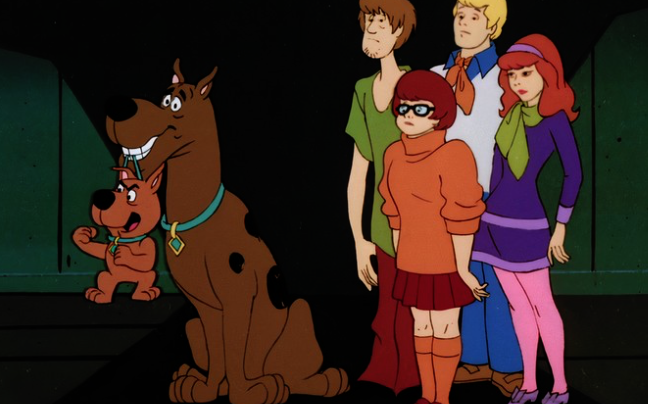
Scooby Doo joined CBS-TV’s Saturday morning lineup of cartoons in September 1969, and instantly became one of the networks most beloved shows. However, towards the end of 1979, Scooby Doo’s viewership was declining, and show-runners decided to spice things up with the addition of a new character: Scrappy Doo. The feisty pup was introduced as Scooby’s cousin, and, whilst the series was renewed by CBS, audiences took an instant dislike to Scrappy, lamenting the ruinous effect he had on the show’s dynamic. 2002’s live-action Scooby Doo film acknowledged the character’s legacy – by having him turn up at the end and literally urinate on the members of Mystery, Inc.
Billie Jenkins – Charmed
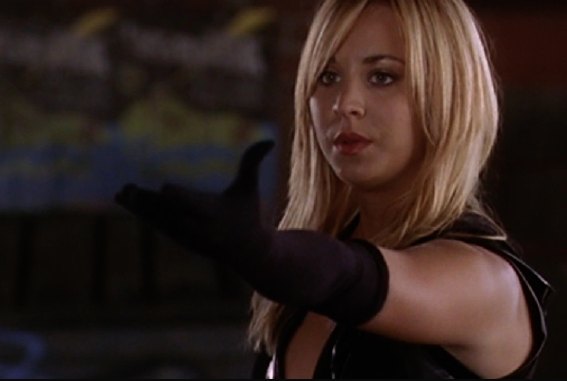
Kaley Cuoco would go on to play one of the most recognisable sitcom characters of all time – Penny, the ditzy blonde neighbour in The Big Bang Theory – but her entry to the genre was not well received. At all. The actress was shoehorned into the last series of Charmed, a comedy about three witches that never drew much critical praise but had a loyal fanbase regardless. The combination of an incomprehensible story line, awful character development, and less-than-stellar acting from Cuoco resulted in Billie Jenkins going down as one of the most hated sitcom characters of all time.
Robby – New Girl
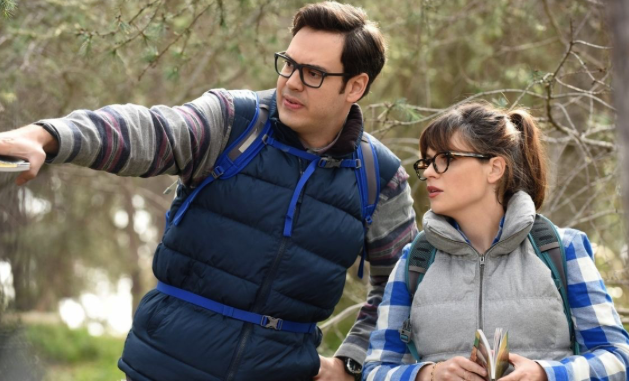
Characters who stand in the way of an onscreen romance that fans are rooting for often become the focal point of much fury, and New Girl’s Robby was no exception. Taking on a prominent role in season six, Robby was initially romantically involved with CeCe before ending up with Jess. Despite Robby actually being a pretty likeable character, audiences couldn’t get past the fact that he was acting as a roadblock to the happy ending that they wanted for Jess and Nick, and were thrilled when the couple eventually broke up after learning they were related.
Frankie – Community
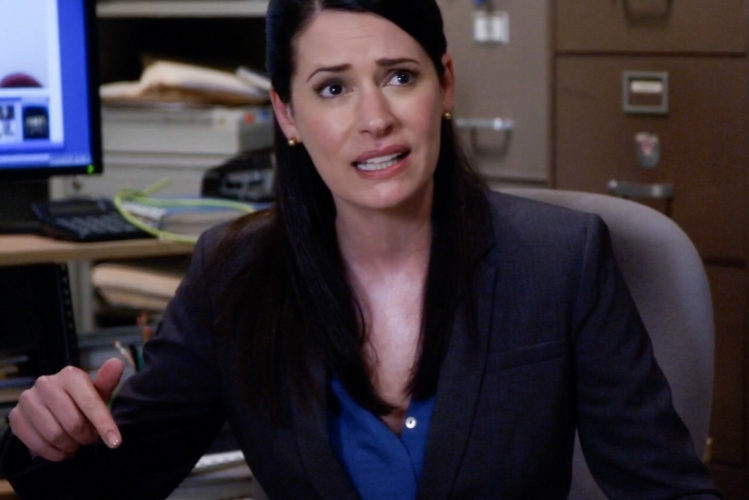
Dan Harmon struck gold with the original cast of Community, and for four seasons the show was widely loved for its sharp, often meta humour. Things began to unravel after Chevy Chase’s ignominious departure from the series, and it wasn’t long before Donald Glover, Yvette Nicole Brown, and finally Dan Harmon himself all bade the show farewell. The studio tried to keep things alive by adding new characters, but none of them could match the magic of the original crew. In particular, fans took a strong dislike to Frankie, who alternated between being actively annoying and plainly unfunny.
The Great Gazoo – The Flintstones
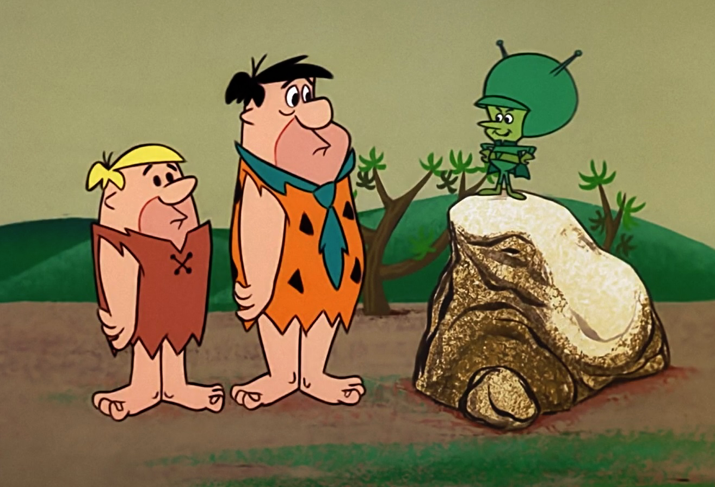
The Flintstones will forever remain one of the most beloved cartoons of all time. The show cleverly used its prehistoric setting and caveman characters to riff on the timeless struggles of domestic life, and the formula worked brilliantly. That is, until The Great Gazoo came along. The writers were evidently losing faith in the show’s ability to capture the attention of young audiences, so they decided to write in an alien with powerful ‘Gazoo powers’. The character was obnoxious, pompous, and consistently detracted from what made The Flintstones so special to begin with.
Ani – 13 Reasons Why
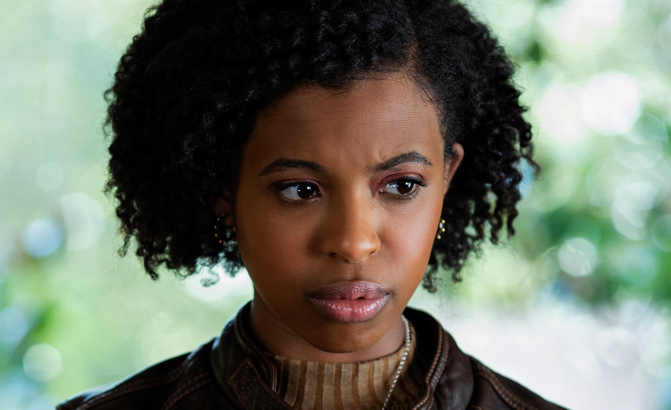
13 Reasons Why pulled no punches when it came to dealing with a range of controversial topics including suicide, mental illness, and sexual assault, and was lauded by critics and audiences alike for its emotional impact. Whilst the second series received comparatively poor reviews, Netflix renewed the show for a third season, and this is when the character of Ani appeared. Despite having no existing relationships with the original characters, Ani was suddenly treated as a main character and given an inordinate amount of screen time, which audiences found incomprehensible and annoying in equal measure.
Robin Hood – Once Upon A Time
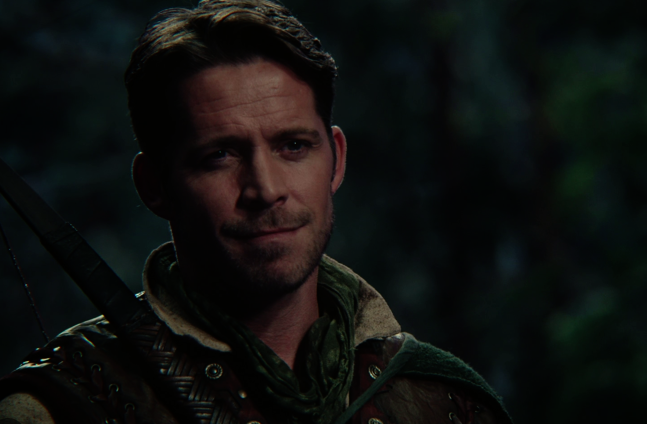
Another character who was added to a show and promptly destroyed a heavily built up romance, Robin Hood debuted in the 19th episode of Once Upon A Time, a series that reimagined fairy tale characters. Robin Hood suffered from generally bad writing, and it didn’t help that he had absolutely no chemistry with his intended love interest. Writers cottoned on to viewers’ dislike of the character and tried to write him a redemptive arc, but to little avail.
Hazel Wassername – 30 Rock
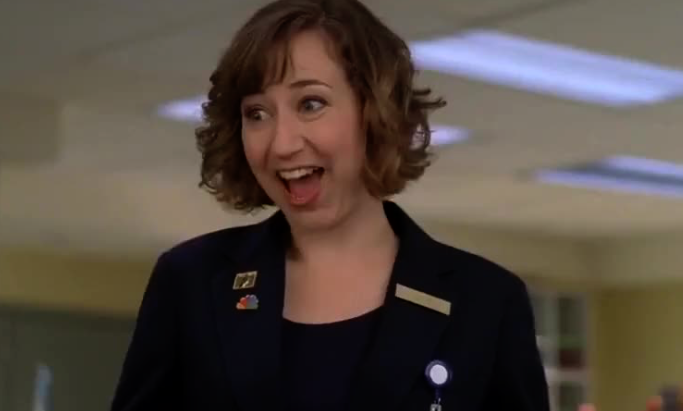
A comedy show about a comedy show, 30 Rock was the brainchild of Tina Fey, who drew on her experiences as a writer for Saturday Night Live. 30 Rock was loved by critics and fans alike, however the season six addition of Hazel Wassername nearly derailed the entire show. Right from the off, it felt like the writers were trying way too hard to make Hazel’s character as bizarre as humanly possible, and it ended up coming off more desperate than funny. Some of 30 Rock’s best gags involve surreal humour – such as the running joke that Kenneth is immortal – but Hazel’s idiosyncrasies felt forced and awkward, and she was soon written out.
Billy – Who’s The Boss

The ‘Cousin Oliver Syndrome’ in action. Who’s The Boss was one of the most popular American sitcoms of the 80s, following the exploits of a former baseball player who moves to a leafy Connecticut town to raise his daughter. By season seven, Jonathan – the show’s original cute kid – had grown into adolescence, so the writer’s introduced five-year-old Billy to replace him. The character was unanimously despised, and, although he was written out after only one season, the damage was done. Who’s The Boss was bumped from its primetime slot due to plummeting viewership, and was cancelled after season eight.
Logan – Gilmore Girls
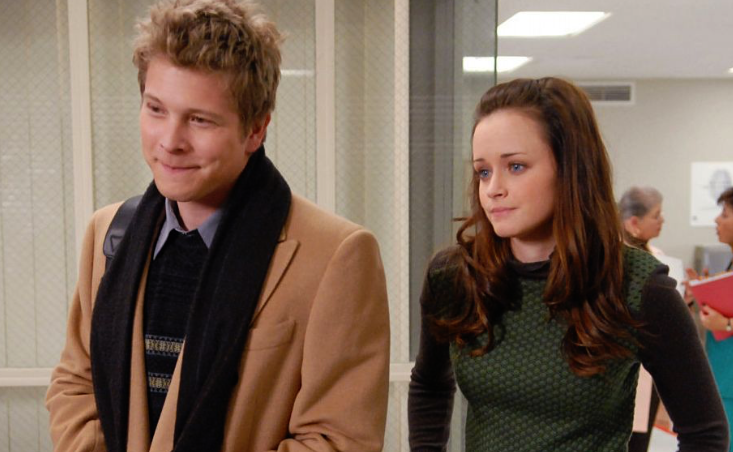
Gilmore Girls was one of WB network’s flagship shows. The series won over legions of fans with its two main characters, single mother Lorelai and her intellectual, strong-minded daughter Rory. In season five, writers introduced Logan as a love interest for Rory, and fans were less than pleased on the effect this had on the younger Gilmore. The general consensus was that after Logan’s introduction, Rory stopped being headstrong and independent and became a spineless, desperate pushover. Viewership declined significantly after season five, and the show was eventually moved to a different network.
Dorian – Moesha
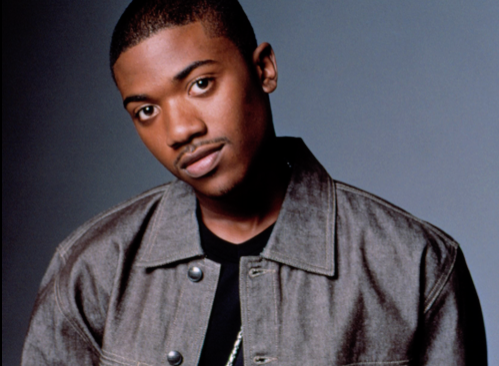
Moesha told the story of an African-American teenager whose widowed father, Frank, remarries the vice-principle of her school. The sitcom was praised for its positive representation of Black culture, particularly through the character of Frank, who was portrayed as a strict but loving father. Unfortunately, this was completely upended by the character of Dorian. Aside from being a generally lacklustre addition whom the writers never properly developed, the revelation that Dorian was Frank’s secret son completely changed the show’s message, and ruined Frank’s positive depiction of Black fatherhood.
Tori – Saved By The Bell
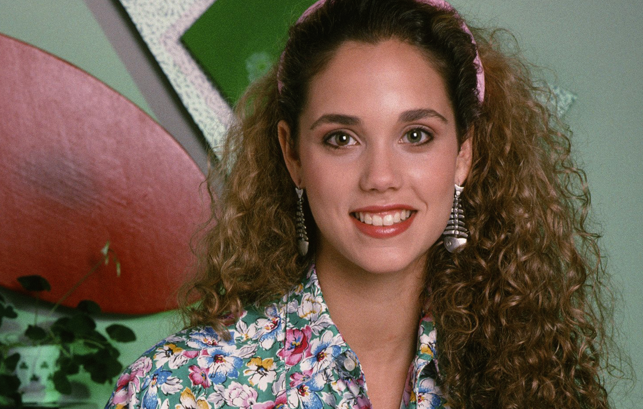
At the end of Saved By The Bell’s third season, Tiffani-Amber Thiessen had come to the end of her contract and refused to sign on for more episodes. This put show-runners in a difficult position, as Thiessen’s character Kelly was involved in a fan-favourite romance with Zack, one of the show’s main characters. Kelly was replaced by Tori – a motorcycle riding tomboy – and she quickly became Zack’s new girlfriend. However, the whole thing felt forced and unnatural, the fans weren’t into it at all. The whole debacle made Saved By The Bell’s final season unsatisfying and confusing.
The entire new cast – Scrubs
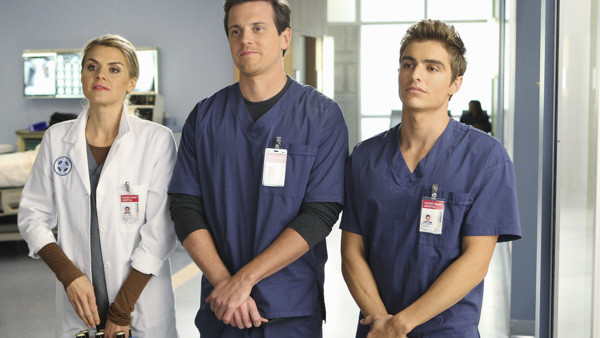
How anyone thought this was a good idea is an absolute mystery. During its peak, Scrubs was almost faultless, deftly blending comedy with impactful medical and personal drama. At the end of season eight, pretty much the entire original cast left, and the show could have ended as a rare example of a sitcom that didn’t outstay its welcome. Instead, show-runners decided to bring in an entirely new cast. Even diehard fans of the show wanted no part of it, and – after losing around two million viewers across season nine – Scrubs was finally laid to rest.
Seven – Married… With Children
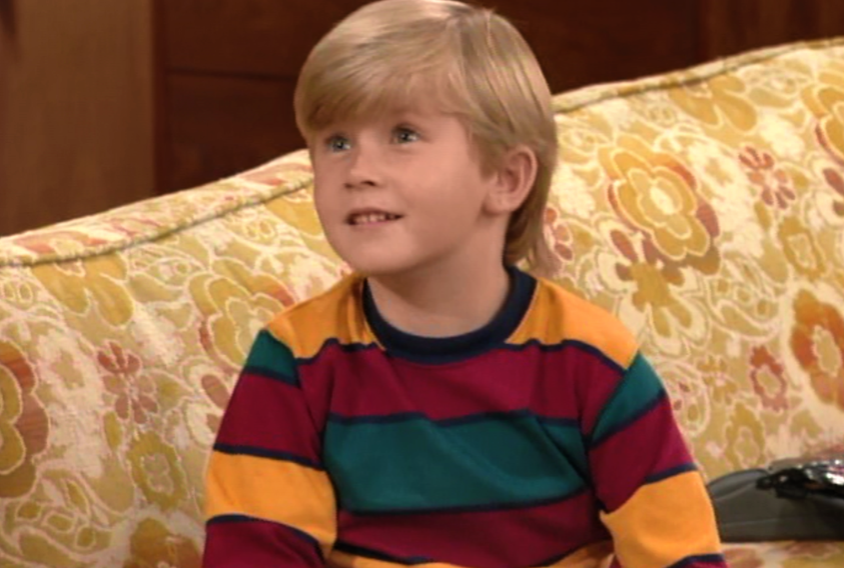
The original four member family of Married… With Children gelled together perfectly, and the actors’ chemistry cemented the show as one of the most loved sitcoms of the 80s. Clearly not learning from those who came before them, the writers tried to shake things up in the seventh season with the addition of the appropriately named Seven, an orphan who was taken in by the Bundy family. Suffice to say, it didn’t work. Fans absolutely hated the character, and he was swiftly written out without much in the way of an explanation.
Cindy – Three’s Company
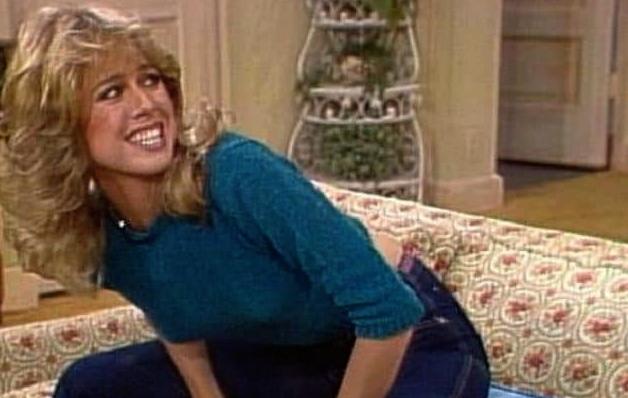
Three’s Company follows Jack Tripper, a man who needs place to live and pretends to be gay so that he can move in with two female flatmates. The show ran for eight seasons, and fans loved it for its slapstick humour and talented cast. Unfortunately, when Suzanne Somers – one of the show’s female stars – asked for a raise, executives instead chose to fire her and brought in a new character, Cindy. Audiences were apoplectic and, after viewership began to drop, showrunners hastily wrote Cindy out and brought in yet another replacement, who fared marginally better.
Oliver Trask – The OC
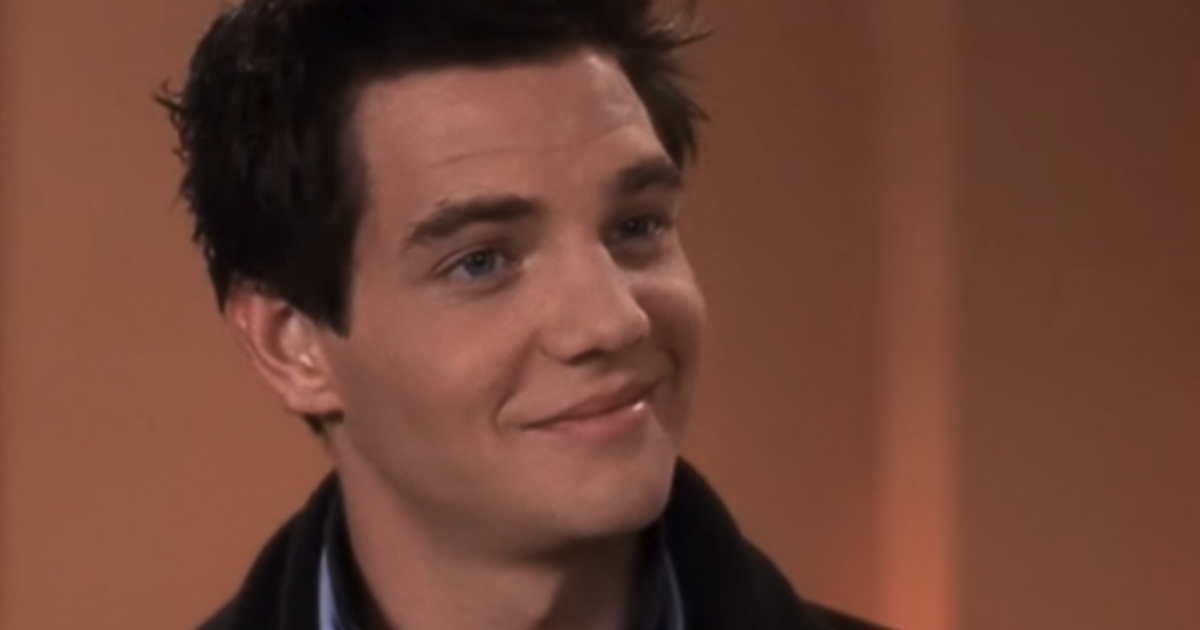
When the writers of The OC introduced Oliver Trask halfway through the first season, they went all out trying to make him as menacing as possible. Oliver meets Marissa – one of the show’s protagonists – in therapy, and quickly gets to work manipulating her. Unfortunately, his character consistently came off more whiney than sinister, owing to actor Taylor Handley’s fresh-faced look and general noughties affability, and the ‘climactic’ end to his storyline elicited more eye rolls than gasps.
Frank – It’s Always Sunny In Philadelphia
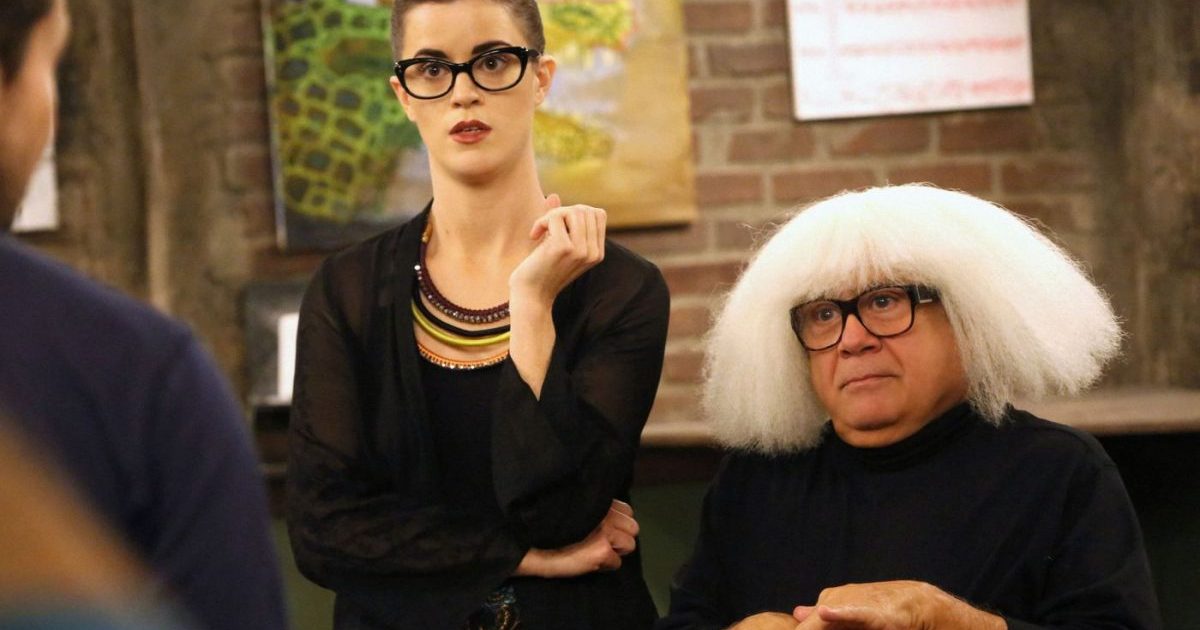
Despite drawing praise from critics for its witty handling of controversial subjects, the first season of It’s Always Sunny struggled in the ratings battle and attracted a low viewership. Faced with the prospect of cancellation, show-runners decided to inject some star power and brought in Danny DeVito as Frank, the stepfather of existing characters Dee and Dennis. Whilst DeVito’s character is often credited with saving the show, the first season after his arrival felt forced and awkward as writers tried to figure out how to integrate him into the formula, and things nearly went off the rails.
Lori – The Walking Dead
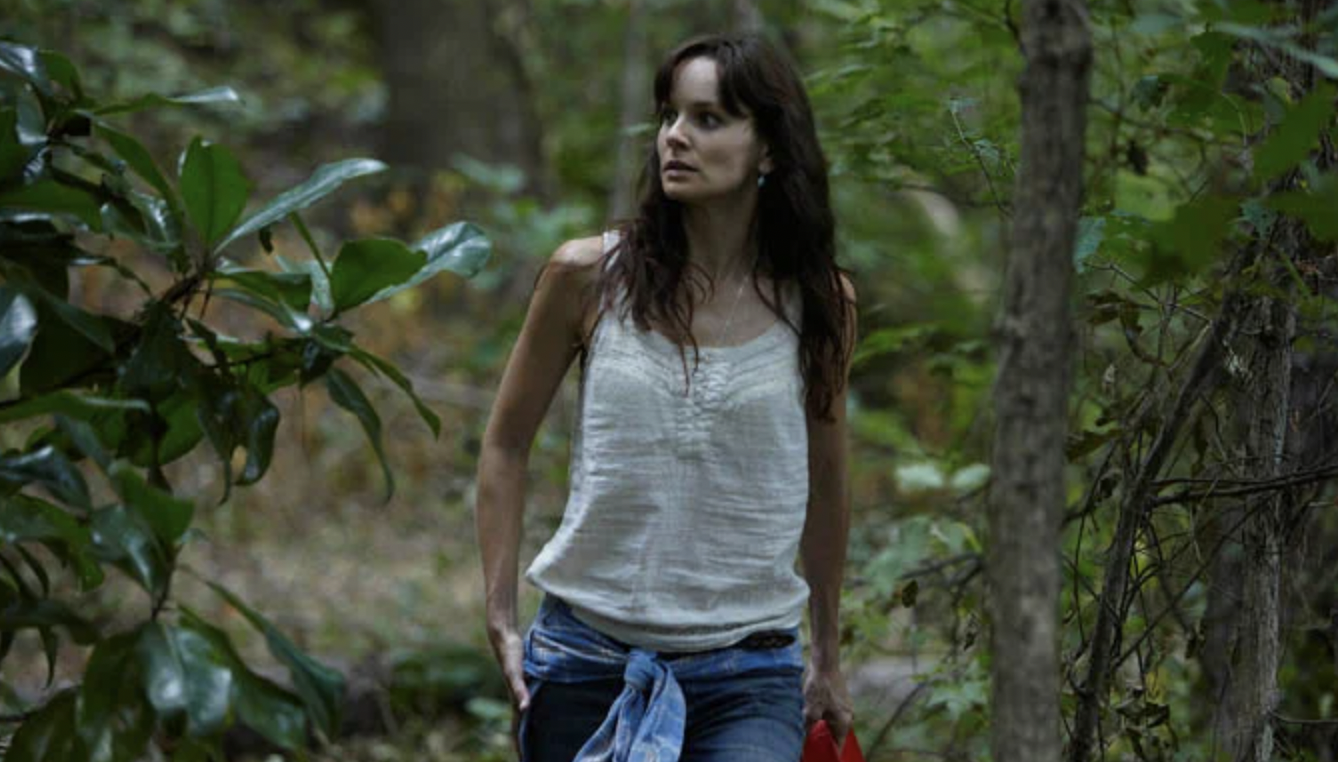
Sometimes a character is clearly intended to be despised – such as Joffrey Baratheon in Game of Thrones – and the hatred the audience feels towards them forms a core part of the experience. More problematic is when audiences end up loathing a character they’re meant to be rooting for, which can be extremely jarring and can render a show borderline unwatchable. This is what happened with Lori, the wife of The Walking Dead’s protagonist Rick. Ostensibly one of the ‘good guys’, Lori was manipulative, sulky, and generally hard to empathise with, and her arcs in the first few seasons detracted from the show.
Rita Leeds – Arrested Development
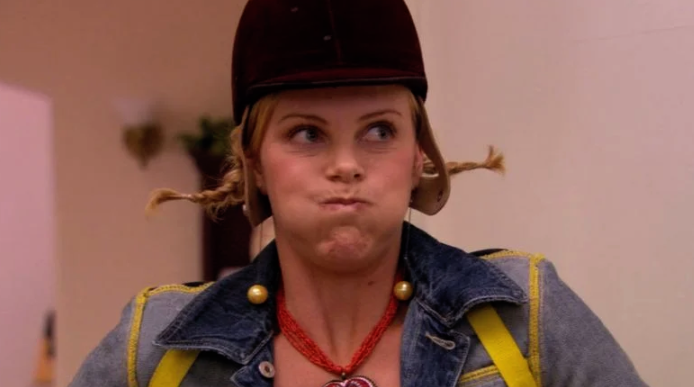
Comedy shows are at their worst when it feels like the writers are trying. As soon as audiences feel the effort in the humour, it breaks the spell and laughs turn into cringes. Rita Leeds – Charlize Theron’s character on the third season of Arrested Development – is a textbook example of this phenomena. Until she appeared, the show had excelled at delivering dry, deadpan humour that was effortlessly hilarious. Unfortunately, writers took the character of Rita in a completely absurd direction that might have worked in a more slapstick show, but felt completely out of place in Arrested Development.
Betty Draper – Mad Men

For the first few seasons of Mad Men, audiences’ sympathies lie wholly with Betty Draper, the wife of protagonist Don. Clearly held in low regard by her philandering husband, Betty’s unravelling mental health was uncomfortable to watch. However, as the show progressed she was revealed to have some pretty unpleasant traits of her own, and she became increasingly difficult to empathise with. None of this detracted from the show, but after her divorce from Don she began to feel a bit unnecessary to the narrative, and her storylines became irritating distractions.
Connor – Angel
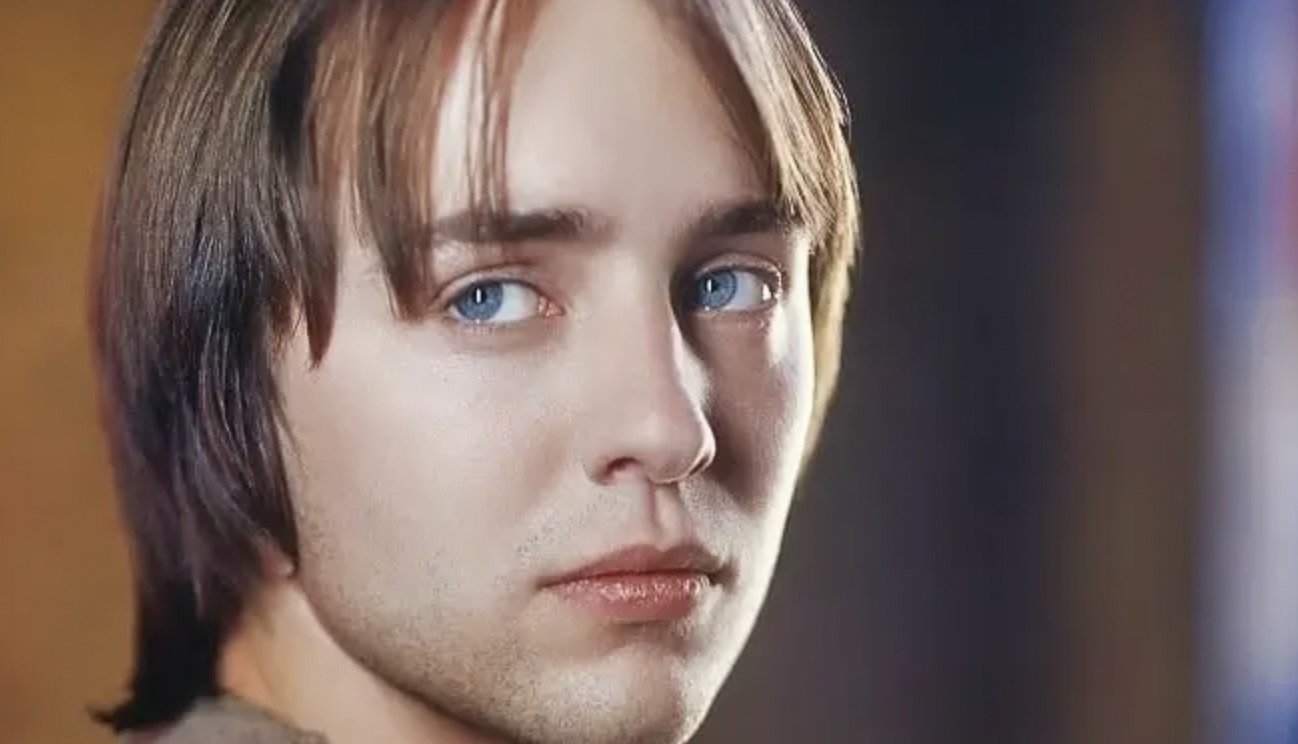
Appearing in the Buffy the Vampire Slayer spinoff series, Connor is the half-demon, half-human son of the eponymous Angel. Whilst the general consensus amongst fans is that the character became somewhat more tolerable throughout the fifth series, for most of the show he consistently drew ire for his awful attitude, nonsensical character development, and cringe-worthy dialogue. His introduction as a central character in the Buffy universe also felt forced and abrupt, only serving to highlight lead actor David Boreanaz’s age.
Nikki and Paulo – Lost
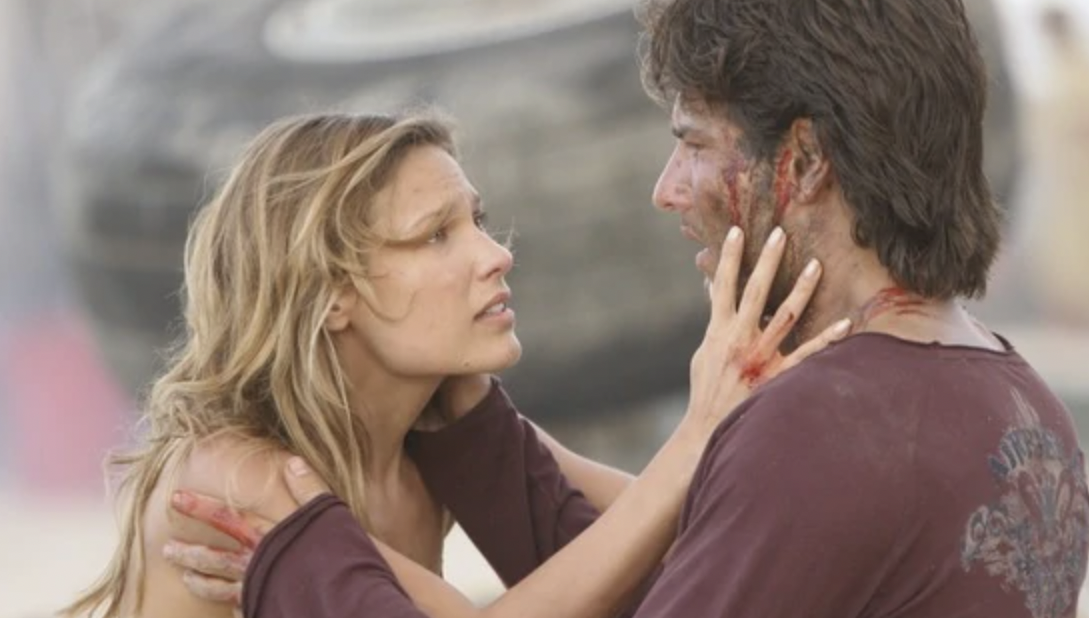
Although they were technically part of the original group of survivors, Nikki and Paulo weren’t properly introduced until Lost’s third season, and it didn’t take long for audiences to develop intense disdain for the couple. Whiney and grating in equal measure, Nikki and Paulo’s antics never amounted to more than an annoying sidetrack from the show’s overarching narrative. Fortunately, show-runner Damon Lindelof quickly acknowledged that the duo were ‘universally despised’, and wrote them out of the show in suitably macabre fashion after only 11 episodes.
Sam McKinney – Diff’rent Strokes

Another struggling sitcom, another annoying child. By season six, Diff’rent Strokes’ glory days were long behind it and the show was struggling to stay afloat in the ratings. In a last-gasp attempt to right the ship, writers brought in Sam McKinney – played by Danny Cooksey – to save the day. Predictably, he did not. Viewers who were already souring on the show were completely put off by the irritating new addition, and diehard fans were unhappy with how much screen time Sam got at the expense of the original characters.
Will Schuester – Glee
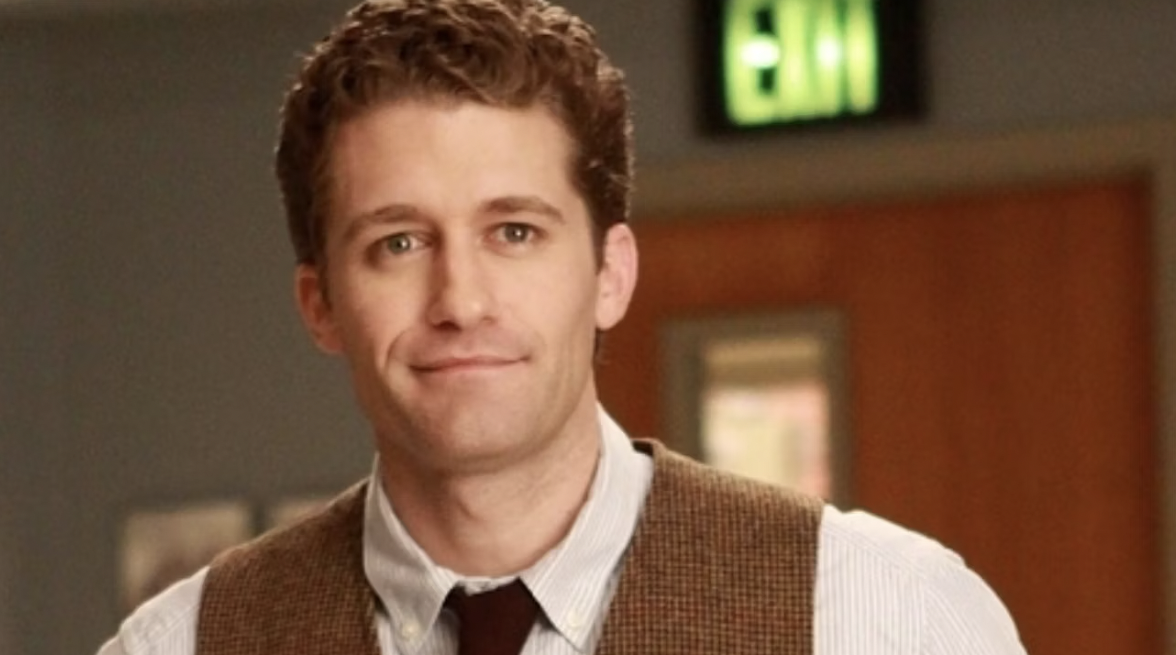
Being the central character of Glee did nothing to save Will Schuester from fans’ derision. Utterly devoid of charisma, Will whines his way through the series, consistently raining on the kids’ enthusiasm and generally falling short as an educator. The character’s misery feels at odds with a show literally called Glee, and – whilst opinions are divided – a sizeable number of fans agree that he comes perilously close to ruining the entire series.
Gerald Sampson – The Simpsons
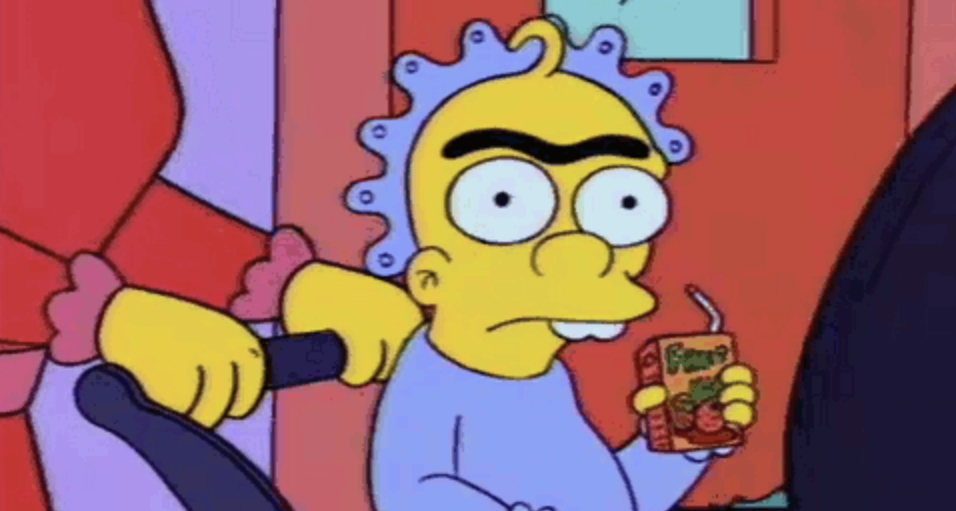
The nemesis of baby Maggie, Gerald Sampson made his first appearance in The Simpsons’ fifth season and popped up sporadically afterwards, with generally amusing results. However, in recent seasons the writers have increasingly used Gerald as a crutch, shoehorning him into episodes at every opportunity in pursuit of cheap laughs. Taken by some as a sign that the show is running out of ideas after 20 seasons, it seems like Gerald is here to stay, and he has even been added to the shows opening credits.
Ted Mosby – How I Met Your Mother

Despite being the main character – not to mention the narrator – of How I Met Your Mother, Ted Mosby began to seriously grate on audiences as the show went on. The embodiment of the ‘nice guy’ stereotype, Ted’s high-and-mighty attitude is often at odds with his own behaviour, and he is generally far less funny and interesting than the other characters. It’s also a bit weird when you realise that the show revolves around Ted recounting his sexual conquests in great detail to his children.
Ezra Fitz – Pretty Little Liars
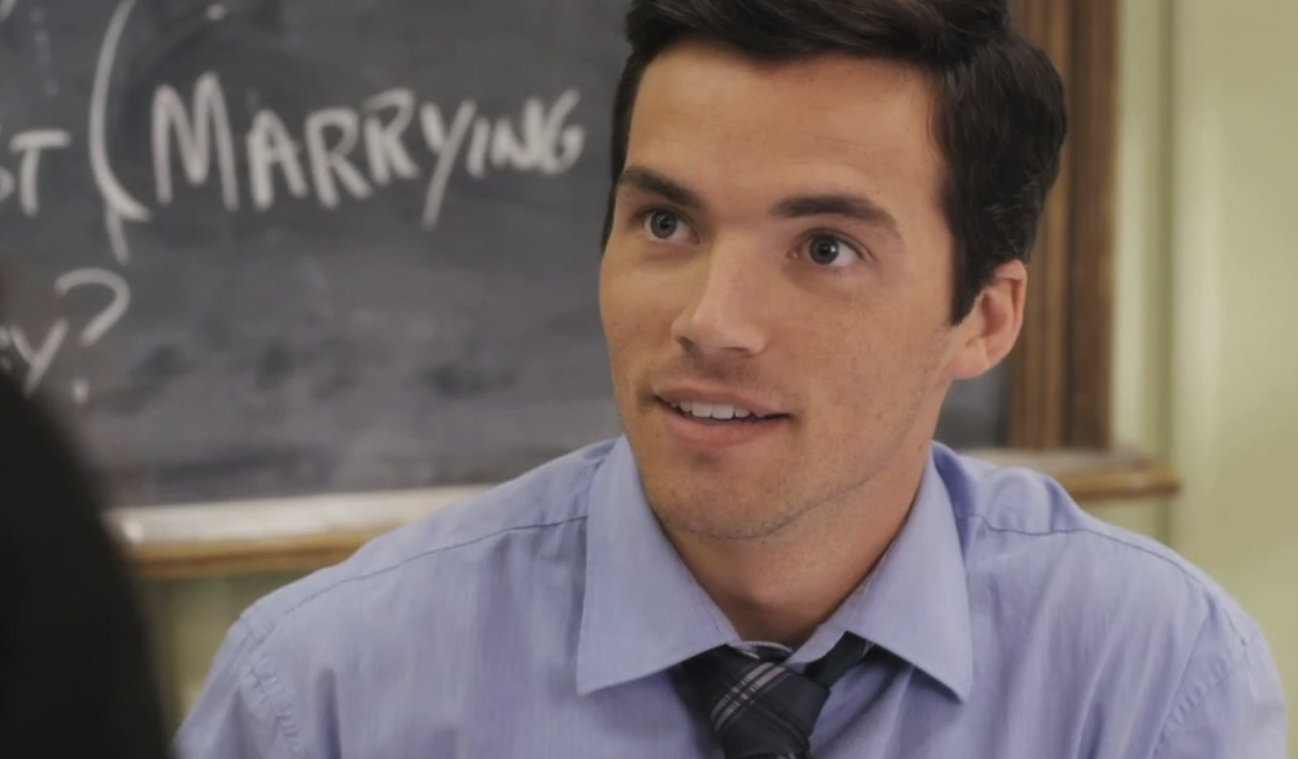
There’s nothing wrong with unpleasant characters on shows – in fact, they can often be the most entertaining part. However, when writers consistently try to portray a character in a sympathetic light, despite their morally reprehensible actions, it can taint the whole show. This is what happened with Ezra Fitz, a teacher who embarked on a relationship with Aria, one of his students. As if that wasn’t creepy enough, it was subsequently made clear through flashbacks that Ezra knew exactly how young Aria was before they hooked up, a revelation which made the show’s repeated attempts to cast him as one of the good guys downright off-putting.
Tess Harding – Roswell
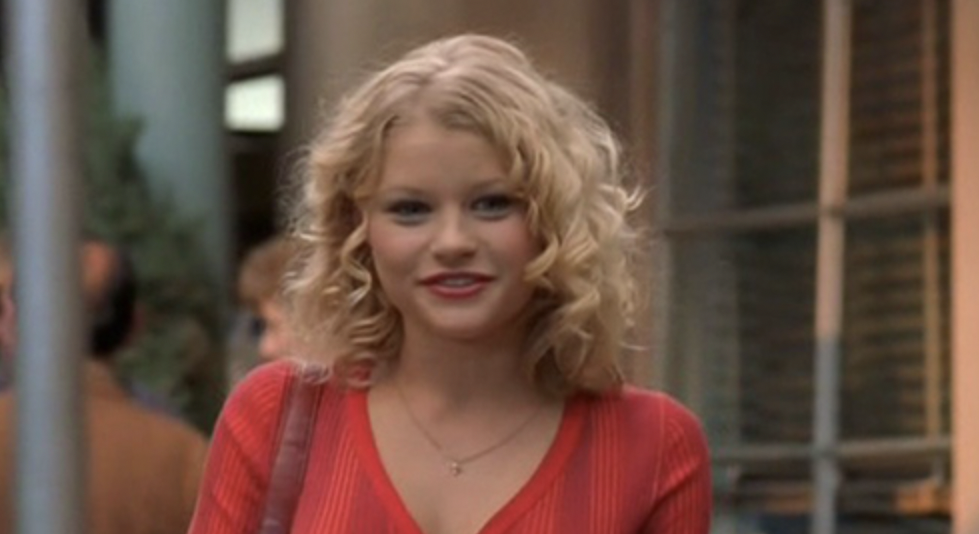
It feels a bit like the writers of Roswell were working off a ‘how to make audiences hate a character’ checklist when they came up with Tess Harding. After being abruptly written into the show, she immediately shatters one of the series’ central romances and wreaks havoc on the existing dynamics – all whilst being relentlessly annoying. Just in case there were any viewers left who didn’t completely despise her, Tess also literally murders one of the show’s most beloved characters for good measure.
Debbie – Shameless
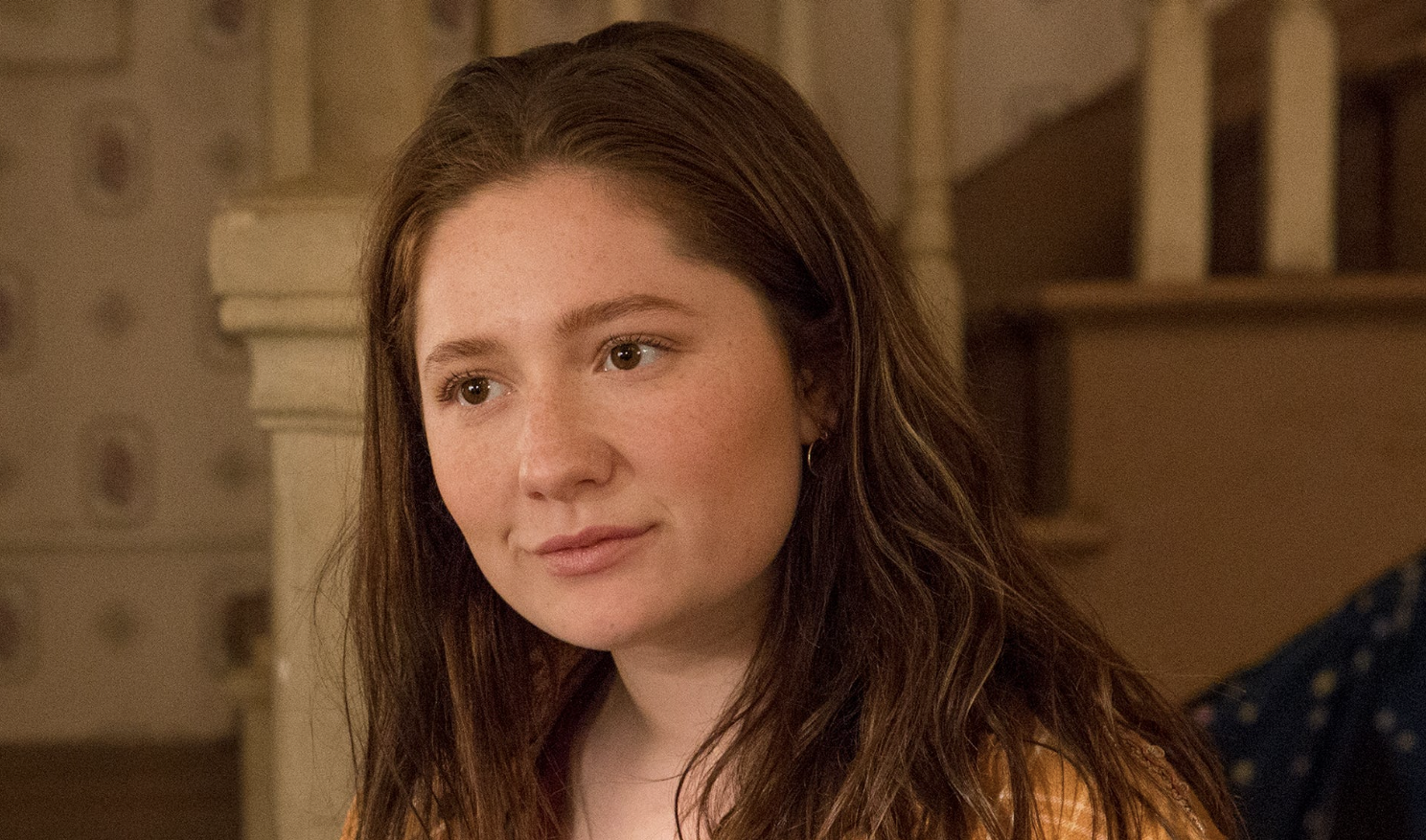
Shameless is basically a show about people making terrible decisions, so it’s almost impressive that Debbie managed to irk audiences with the depths of her idiocy. Whilst viewers generally cut her some slack in the earlier seasons due to her being a teenager, that sympathy started to evaporate as the show progressed and she didn’t. It felt like writers never really knew how to develop the character, and – when they eventually did try – it came off as rushed and unnatural, with Debbie essentially turning into a new character from one episode to the next.
Lee – Westworld
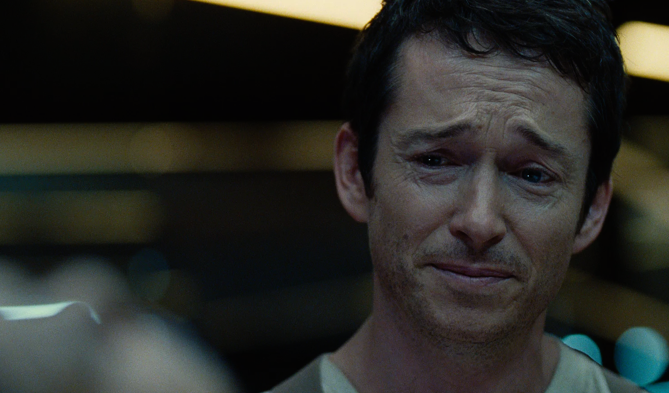
British characters in American TV shows generally come off as overly eccentric and irritating, and Westworld’s Lee absolutely did not buck this trend. Lee is the writer responsible for coming up with the narratives that the park’s robotic inhabitants play out, and is frequently derided for making his characters unrealistic and over the top. Ironically, this is exactly what the writers of Westworld did with him. Surrounded by subtle, nuanced characters, Lee sticks out like a sore thumb, and whilst his redemptive arc in the second season was pretty good, it was too little too late.
The Sand Snakes – Game of Thrones
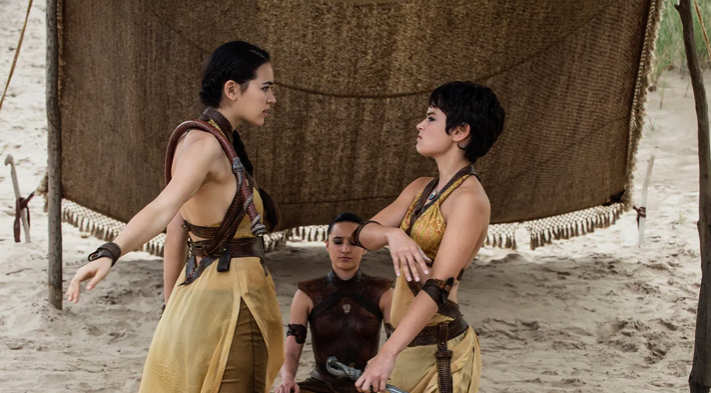
HBO’s fantasy epic Game of Thrones isn’t short of characters to loathe, with Joffrey Baratheon and Ramsay Bolton standing out as the obvious examples. However, what sets the Sand Snakes apart is that audiences weren’t meant to hate them. Nevertheless, they did. They really, really did. It felt like the writers were trying way too hard to make the Sand Snakes cool, equipping them with signature weapons and acrobatic combat skills, but their only purpose in the show seemed to be to slow things down and get in the way of what people actually wanted to see.
Priya – The Big Bang Theory

Sometimes a character is written into a show purely to drive the plot forwards – and that’s fine – but they also need to be entertaining in their own right. Priya was inserted into The Big Theory to stoke tensions in Leonard and Penny’s relationship, with the aim of furthering their romantic storyline. Unfortunately, she just really wasn’t funny, which is kind of a problem in a sitcom. Additionally, Priya was mean-spirited, vindictive, and boring, and completely dragged down the mood of all the episodes she featured in.
Julie Taylor – Friday Nights Lights

One of the quickest ways to get audiences loathing a character is to make them bratty. Whilst in real life it’s often forgiven as a phase that passes with the transition from adolescence to adulthood, in TV brattiness one of the most universally reviled traits. This is exactly why viewers hated Julie Taylor – the teenage daughter of Eric and Tami Taylor – with such a burning intensity. In turns petulant, whiney, and rude, Julie never gave fans of the show much to like and is widely considered one of the worst aspects of the show.
Marnie Michaels – Girls
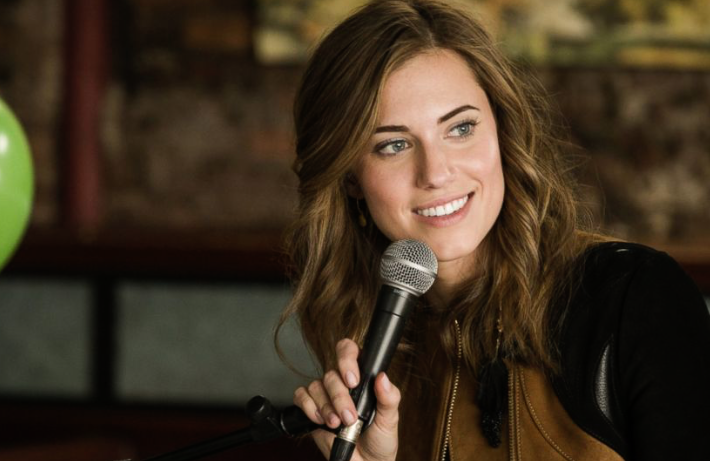
Another trait that audiences tend to find off-putting is whininess, something that Girl’s Marnie Michaels had in spades. One of the lead characters in HBO’s hit series, Marnie had a preternatural gift for complaining about anything and everything, and it became one of her defining features. Add a healthy sprinkle of self-centredness – another trait that people generally find aggravating – and you’ve got a recipe for a character that many fans had a hard time dealing with.
Diane Chambers – Cheers

Sometimes audiences end up hating a character because they find the actor irritating, and sometimes it just comes down to bad writing. In this instance, the latter is definitely to blame. Played by Shelley Long, Cheers’ Diane Chambers is a waitress at Sam Malone’s bar, and was intended to add an intellectual element to the show. Unfortunately, the writers went overboard trying to show how smart she is, and she ended up coming off as an incorrigible know-it-all who thinks she’s better than everyone else.
Dharma Finkelstein – Dharma and Greg
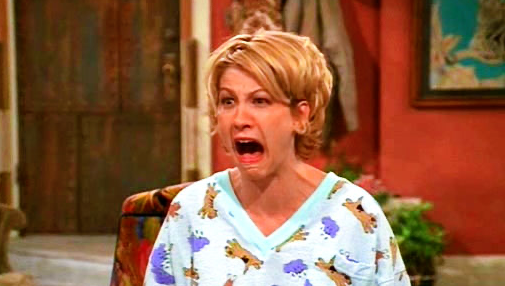
Played by Jenna Elfman, Dharma Finkelstein is a free-spirited yoga instructor/dog walker who is married to Greg, an uptight lawyer, setting up the show’s premise. Unfortunately, that premise never really amounted to more than Dharma consistently embarrassing her husband with her unhinged, manic behaviour. Her character never developed, basically becoming a two-dimensional setup for punchlines, and audiences quickly tired of the rinse-and-repeat formula, leading to the show’s cancellation in 2002.